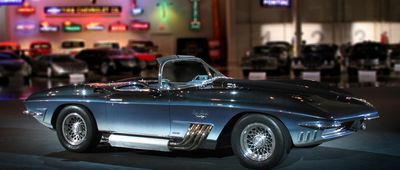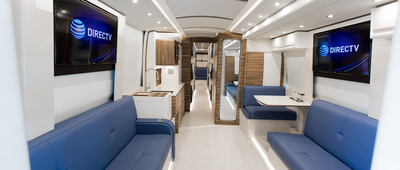Rolling Museum Pieces
From the early 1900s, Rolls-Royce has made a name for itself synonymous with quality, remaining true to its values despite changes in the world at large. The company remains more relevant than ever too: Its first electric model, Spectre, hasn't even been built yet and it's already in such high demand that the elite automaker might have to build more than planned. Here's a look at the best Rolls-Royce models of all time, plus a couple of duds, with production dates supplied by Supercars. They include the iconic Phantom II, now in its eighth generation with a recent refresh.
Related: Great Car Museums and Car Shows Worth The Drive

























